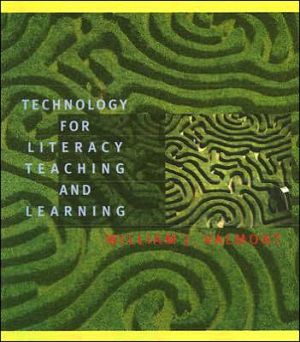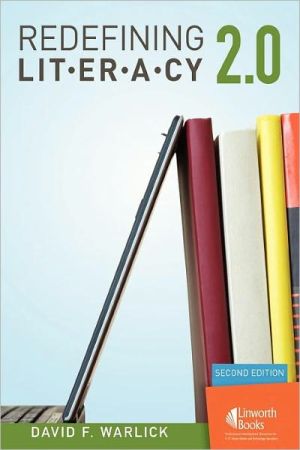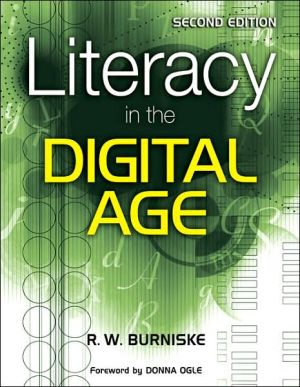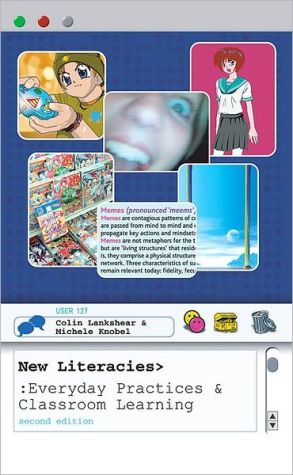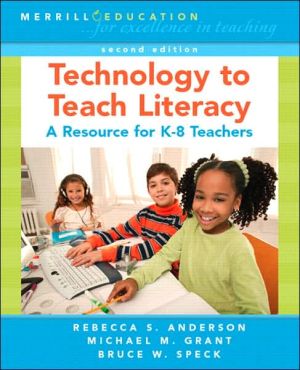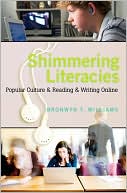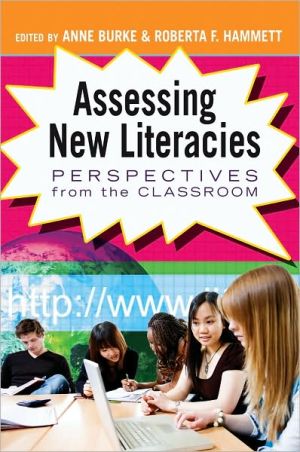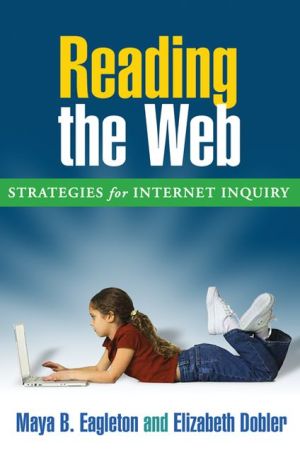Technology for Literacy Teaching and Learning
Written by a well-known expert in the field, this text shows teachers how to use computers, software, and the Internet to help students develop linguistic and visual communication skills. It examines how technology is redefining what it means to be literate, and helps in-service and pre-service teachers learn how to prepare their students to be critical thinkers and consumers of electronic messages.
Search in google:
Written by a well-known expert in the field, this text shows teachers how to use computers, software, and the Internet to help students develop linguistic and visual communication skills. It examines how technology is redefining what it means to be literate, and helps in-service and pre-service teachers learn how to prepare their students to be critical thinkers and consumers of electronic messages.
1. Contexts for Literacy and Technology Interactions in Your Classroom The Literacy-Technology Connection Using Literacy-Technology Connections in Your Teaching Today Using Technology to Help Students Succeed 2. Putting Technology to Use in Your Classroom Getting Set to Use Technology Designing Classroom Projects Tech Tips: A Slide Show Template Recommended Learning Activities That Merge Literacy and Technology Real-Life Projects That Integrate Literacy and Technology Teaching Tips: How I Use a Talking Word Processor Teaching Tips: Fables and Legends and Other Genre Studies Student Project: How Raccoon Got His Markings Lesson Web Sites 3. Managing Technology in Your Classroom District and School Considerations Teaching Tips: Policies and Resources to Monitor Internet Use Teaching Tips: An Accident on the Information Highway Classroom Considerations Teaching Tips: Create an HTML Document to Access Specific Web Sites 4. Using Technology to Develop Reading and Thinking Strategies The Importance of Critical Thinking and Critical Reading The Changing Nature of Literacy Tech Tips: Unique Electronic Capabilities The Directed Reading-Thinking Activity Teaching Tips: A DRTA Using Fiction Teaching Tips: A Nonfiction DRTA Purposeful Use of The DRTA and Other Strategies with Electronic Materials Specific Materials That Students Can Read Electronically 5. Using Technology to Develop Word Recognition, Vocabulary, Reference, and Study Skills Developing Word Recognition Skills Teaching Tips: Making Original Stories for Reinforcing Words Developing Meaningful Vocabulary Teaching Tips: Fun with Words and Symbols Developing Reference and Study Skills 6. Using Technology to Develop Writing Abilities Keyboarding The Writing Process: Traditional and Electronic-Based Experiences Teaching Tips: Creating an Interactive Electronic Story Teaching Tips: Writing Adventures in Grade Three Student Project: The Safari Technology-Related Means for Encouraging Students to Write Student Project: Making a Commercial 7. Using Technology to Develop Listening and Speaking Abilities A Climate for Listening and Speaking Encouraging Listening Teaching Tips: LTA Teaching Strategy Encouraging Speaking Student Project: Michael's Island Adventure Tech Tips: What Is a Ring on the Internet? Teaching Tips: Choosing Stories for Storytelling Teaching Tips: Digital Storytelling 8. Using Technology to Develop Graphic and Visual Literacy Visual Literacy Teaching Tips: A Middle School Experience with Icons Seeing-Thinking Activities Teaching Tips: SF-STA—The Jumping Boys Teaching Tips: AE-STA—The Paper Bag Teaching Tips: MF-STA—Making a Tent E-Materials and Related Activities to Enhance Visual Literacy Student Design of Web Pages, Web Sites, and Reports 9. Using Technology with Children's Literature Tech Tips: Alice and Her Author Online Using Technology-Based Instruction with the Genre of Children's Literature Teaching Tips: Multimedia Book Reports Tech Tips: Pacific Children's Literature Project Student Project: A Pretend E-Mail to MagicTricks@HarryPotter.com Teaching Tips: Using Technology with Literature Electronic-Based Reading Materials 10. Assessment of Student Learning and Achievement Basic Assessment Terms and Relationships Teaching Tips: Rubrics Literacy Assessment and Technology Tech Tips: Creating Online Assessment Instruments Epilogue. Where Is Technology Taking Us? Technology's Influences on Schooling Technology's Influences on Literacy Technology's Influences on Teaching In Conclusion Glossary References Index
\ From the Publisher"This is...a fantastic and much needed book for undergraduate students and teachers. The numerous practical examples and clear manner that this book is written in will make it a dynamite resource for educators. I think the strength is in the unique connection to literacy. I would definitely use this book in an appropriate undergraduate class and with educators in graduate classes and workshops."\ "I liked that the text focused on all areas of the literacy curriculum, not just the areas that easily lend themselves to integrating technology. There is a good balance of instructional techniques for children and resources for the teacher. The examples that were given were illustrative and effective."\ \ \
